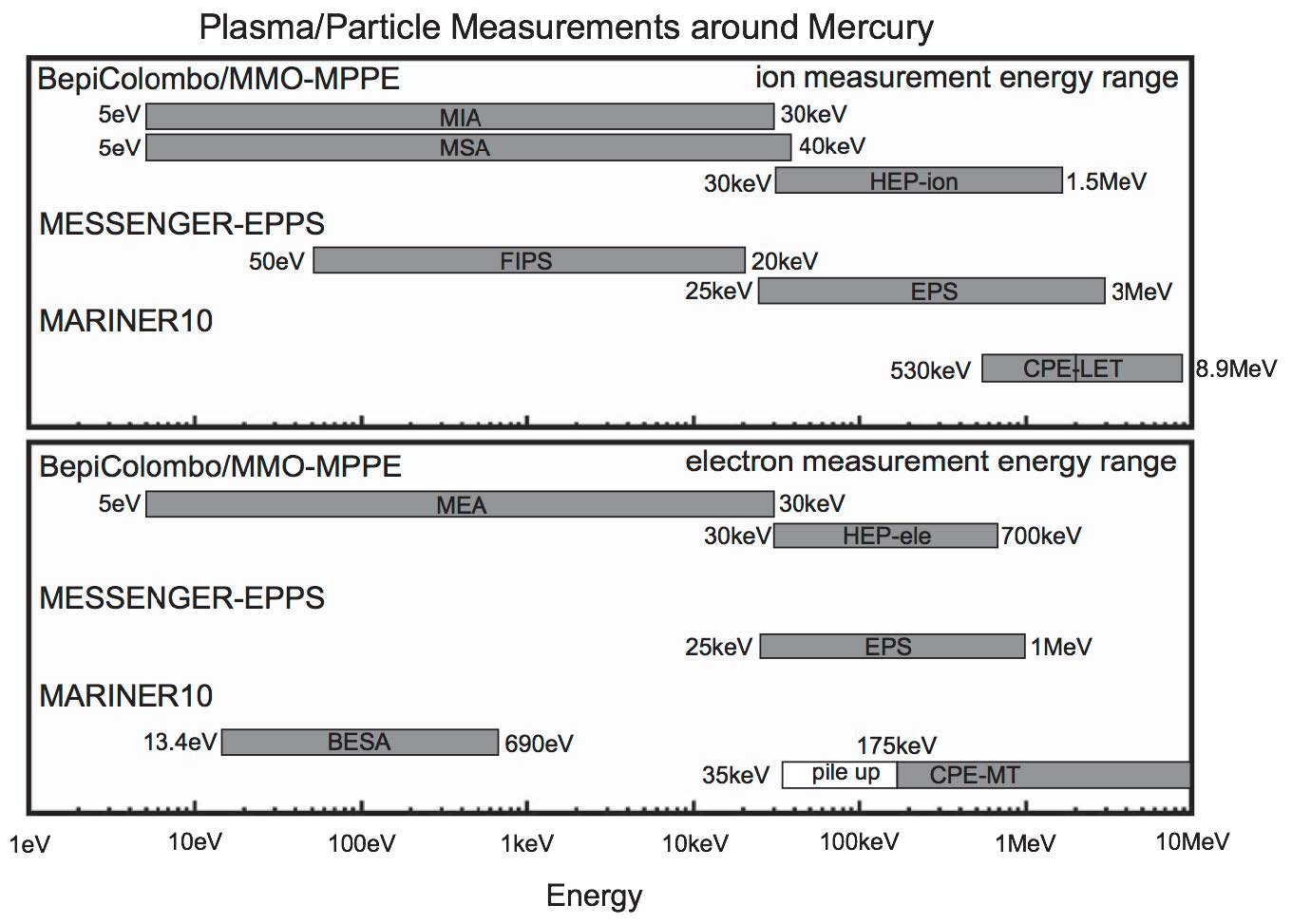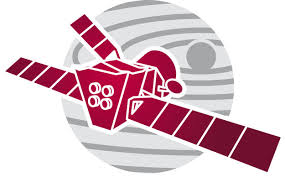MPPE - BepiColombo
mppe
mercury plasma/particle experiment
Mercury Plasma Particle Experiment (MPPE) is a comprehensive instrument package for plasma, high-energy particle and energetic neutral atom measurements. It consists of seven sensors. The first six sensors perform in-situ observations and cover the charged particle species and the energy range of interest from the space plasma physics point of view.
For the electrons: two Mercury Electron Analyzers (MEA1 and MEA2) mounted 90º apart for highresolution coverage, and High Energy Particle instrument for electron (HEP-ele).
For the ions: Mercury Ion Analyzer (MIA), Mercury mass Spectrum Analyzer (MSA), and High Energy Particle instrument for ion (HEP-ion).
The final sensor, Energetic Neutrals Analyzer (ENA) will detect energetic neutrals created via charge-exchange and will provide us with remote information on how plasma and neutral gas interacts in the Hermean environment.
-
Structure, dynamics and physical processes in Mercury's magnetosphere
- Formation and characteristics of the small-scale magnetosphere
- Solar wind contribution to the magnetospheric plasmas
- Stability of the plasma sheet
- Substorms at Mercury
- Particle acceleration, trapping, and loss
- Interaction between surface, exosphere and magnetosphere
- Collision-less shock physics in the inner heliosphere
MPPE on BepiColombo/MMO will measure plasma, high-energy particles, and energetic neutral atoms around Mercury. MPPE will also make simultaneous measurements of high-energy electrons and ions, which is quite important in understanding the charged particle acceleration mechanism in a small scale magnetosphere.
Measurement principle
MPPE consists of seven sensors. The seven sensors are two electron energy spectrum analyzers (MEA1 and MEA2), an ion energy MSA, an ion energy spectrum analyzer (MIA), a highenergy particle instrument for electrons (HEP-ele), a highenergy particle instrument for ions (HEP-ion), and an ENA. Four low-energy sensors MEA1, MEA2, MIA, and MSA are installed on the diagonal four corners of the octagonal MMO spacecraft in order to minimize the interference of the spacecraft body in measuring low energy charged particles. High time resolution measurement is realized by installing two electron sensors (MEA1 and MEA2) and two ion sensors (MIA and MSA) 90º apart from each other. High-energy ion sensor (HEP-ion) has conical field of view while high-energy electron sensor (HEPele) and ENA has radial field of view. Since the thermal conditions around Mercury is so severe, all the MPPE sensors have their own thermal shield in order to minimize the thermal input from their entrance apertures. MPPE sensors are controlled by a common data processor MDP1 (Mission Data Processor 1). The data obtained by MPPE sensors are transmitted to MDP1. MDP1 is responsible for processing and formatting the telemetry data, calculating velocity moments, and reducing the quantity of the data by adding, selecting, or compressing the data.

- Removed a total of (3) style text-align:center;








































 Sign in
Sign in
 Science & Technology
Science & Technology

